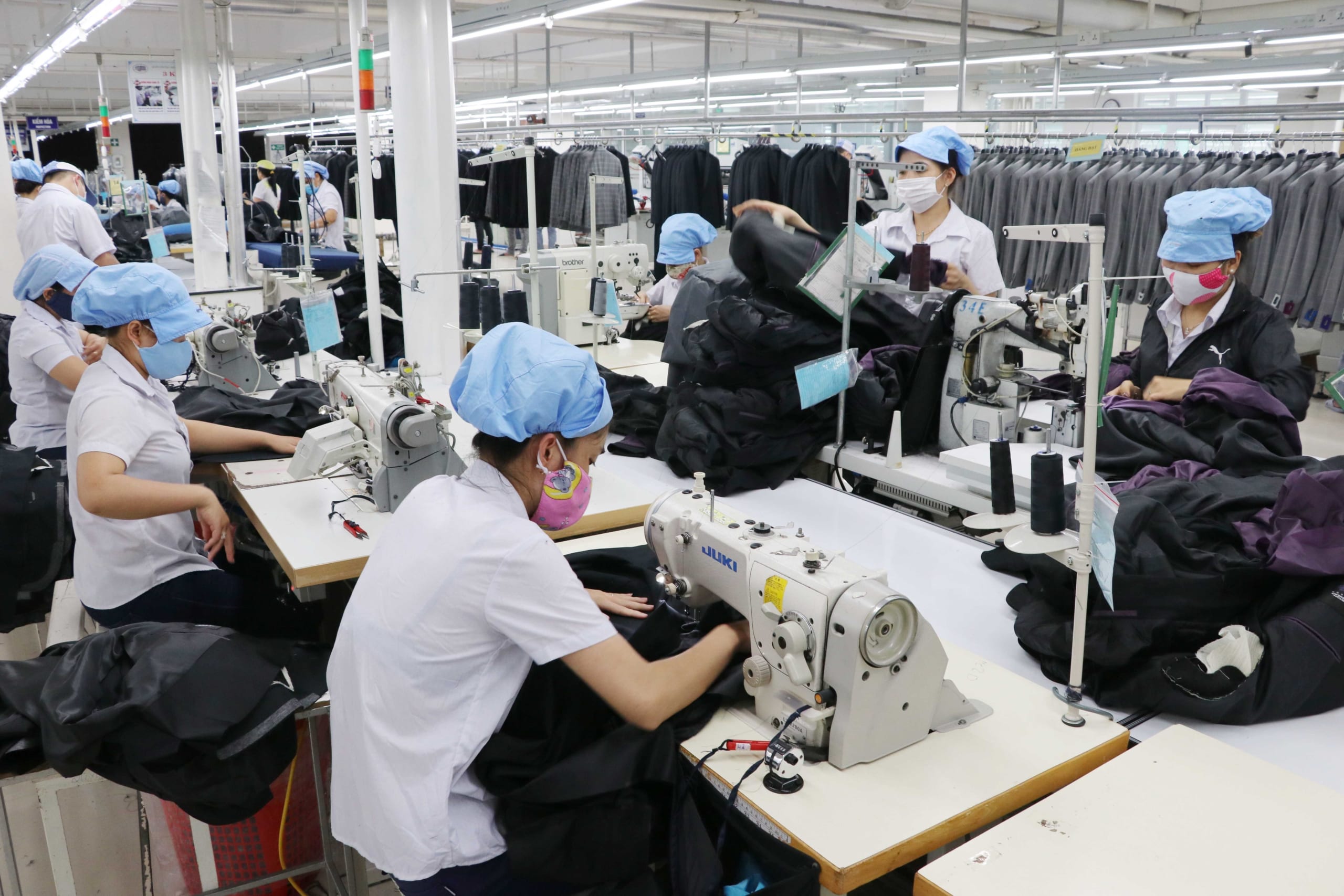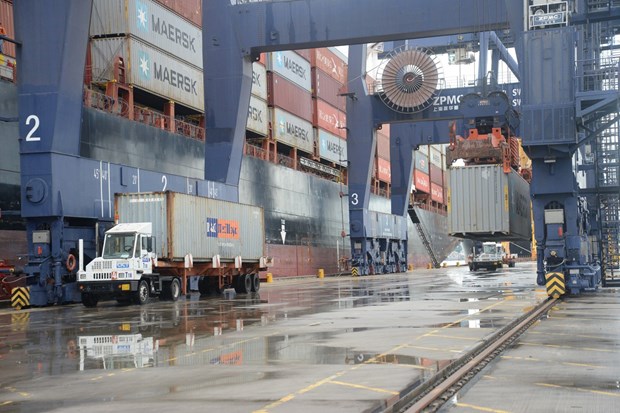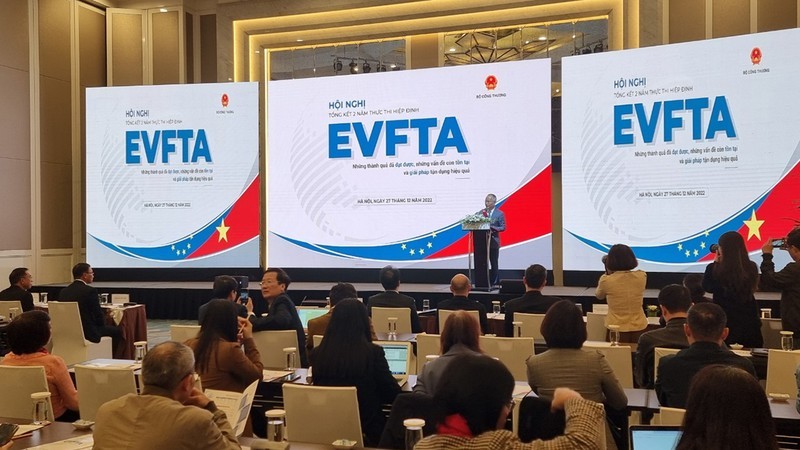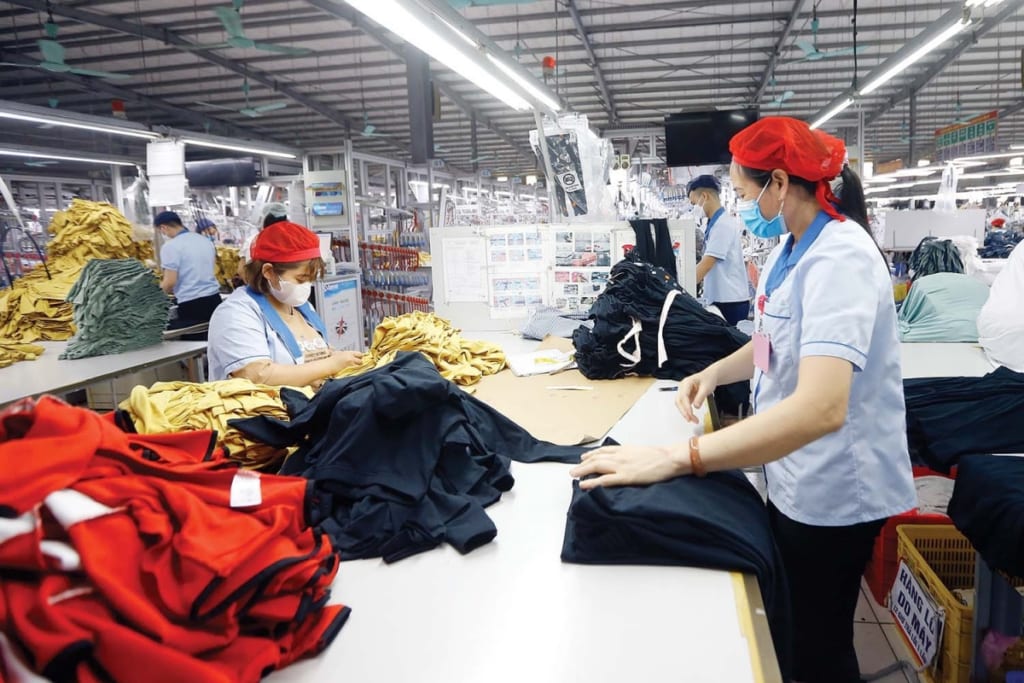
The garment industry in Vietnam has experienced significant growth over the years, making it a crucial sector for the country’s economy. However, behind this success lies a harsh reality for the Vietnamese garment workers who face numerous challenges and labor rights issues. In this article, we will delve into the working conditions, labor rights challenges, and efforts made to improve the situation for these workers. We will also explore the impact of the COVID-19 pandemic on this vulnerable workforce.
1. Introduction
The Vietnamese garment industry has emerged as a key player in the global textile and apparel market. With a skilled workforce, competitive labor costs, and favorable trade agreements, Vietnam has attracted numerous international brands to set up their manufacturing units in the country. The sector contributes significantly to Vietnam’s export revenue and provides employment to millions of workers, particularly women.
2. The garment industry in Vietnam
2.1 Growth and importance
The Vietnamese garment industry has witnessed remarkable growth in recent years. The country has become one of the top exporters of textiles and apparel globally. This growth has contributed to Vietnam’s economic development, increased foreign direct investment, and improved living standards for many.
2.2 Factors driving growth
Several factors have contributed to the growth of Vietnam’s garment industry. First and foremost, the country offers a large, skilled workforce that is readily available for employment. Furthermore, Vietnam has entered into various trade agreements, such as the Comprehensive and Progressive Agreement for Trans-Pacific Partnership (CPTPP) and the EU-Vietnam Free Trade Agreement (EVFTA), which have facilitated increased exports and foreign investments.
3. Working conditions of Vietnamese garment workers
3.1 Low wages
Despite the growth and success of the industry, Vietnamese garment workers often face low wages that are insufficient to meet their basic needs. Many workers receive wages close to the minimum wage level, which falls short of providing a decent standard of living. This situation contributes to the prevalence of poverty among these workers.
3.2 Long working hours
Another challenge faced by Vietnamese garment workers is long working hours. To meet production targets and tight deadlines, workers are often required to work overtime, sometimes even exceeding legal limits. This extended working time not only affects the physical and mental well-being of workers but also leaves them with limited time for personal and family life.
3.3 Health and safety concerns
Health and safety concerns in garment factories pose a significant issue for Vietnamese workers. Many factories lack proper safety protocols, resulting in accidents and injuries. Workers are exposed to hazardous conditions, including poor ventilation, chemical exposure, and inadequate protective equipment. These conditions can lead to long-term health problems for the workers.
4. Labor rights and challenges
4.1 Lack of union representation
One of the challenges faced by Vietnamese garment workers is the limited representation of trade unions. While trade unions do exist, they are often state-controlled and lack independence. Workers’ ability to form independent unions and engage in collective bargaining is restricted, limiting their ability to negotiate for better wages and improved working conditions.
4.2 Restrictions on collective bargaining
Collective bargaining rights are crucial for workers to have a voice in shaping their working conditions. However, Vietnamese labor laws impose restrictions on collective bargaining, making it challenging for workers to negotiate effectively with employers. This lack of bargaining power leaves workers vulnerable to exploitation and unfair treatment.
4.3 Gender discrimination
Gender discrimination is another issue prevalent in the garment industry in Vietnam. Women constitute a significant portion of the workforce, but they often face unequal treatment and limited opportunities for career advancement. They are more likely to be employed in low-skilled positions and are paid less than their male counterparts, perpetuating gender inequalities.
5. Efforts towards improving conditions
5.1 International initiatives
International organizations and NGOs have been actively involved in addressing the labor rights issues faced by Vietnamese garment workers. These initiatives focus on promoting fair labor practices, improving working conditions, and advocating for the rights of workers. Collaborative efforts between international stakeholders, local governments, and industry players have resulted in some positive changes.
5.2 Government regulations
The Vietnamese government has implemented various regulations aimed at improving the conditions of garment workers. These include minimum wage laws, occupational health and safety regulations, and efforts to enhance labor inspections. However, the enforcement of these regulations and the monitoring of factories remain a challenge, leading to uneven implementation across the industry.
5.3 Corporate social responsibility
Many international brands and retailers have recognized the importance of corporate social responsibility (CSR) and have taken steps to ensure ethical practices within their supply chains. This includes conducting audits, setting up grievance mechanisms, and implementing codes of conduct that protect the rights and well-being of workers. However, more needs to be done to ensure consistent and effective implementation of CSR practices throughout the industry.
6. The impact of COVID-19 on Vietnamese garment workers
6.1 Job losses and economic downturn
The COVID-19 pandemic has had a severe impact on the garment industry in Vietnam. Global disruptions in supply chains and decreased consumer demand have led to order cancellations and factory closures. As a result, many garment workers have lost their jobs, exacerbating the economic challenges faced by these individuals and their families.
6.2 Vulnerability and inequality
The pandemic has further highlighted the vulnerability and inequality faced by Vietnamese garment workers. Workers in precarious employment, such as temporary or informal workers, have been disproportionately affected by the crisis. The lack of social protection measures and limited access to healthcare have made these workers more susceptible to the negative consequences of the pandemic.
7. Conclusion
The Vietnamese garment industry plays a crucial role in the country’s economic development, but the working conditions and labor rights challenges faced by garment workers cannot be ignored. Efforts are being made to address these issues, including international initiatives, government regulations, and corporate social responsibility. However, there is still much work to be done to ensure fair wages, safe working conditions, and the protection of workers’ rights.
FAQs
1. Are Vietnamese garment workers paid fair wages?
While the Vietnamese government has implemented minimum wage laws, many garment workers still earn low wages that are insufficient to meet their basic needs. The issue of fair wages remains a significant challenge in the industry.
2. Do Vietnamese garment workers have the right to form unions?
While trade unions do exist in Vietnam, they are often state-controlled, limiting workers’ ability to form independent unions. This restriction affects the collective bargaining power of workers and hampers their ability to negotiate for better working conditions.
3. How has the COVID-19 pandemic impacted Vietnamese garment workers?
The pandemic has resulted in job losses and factory closures in the garment industry, leading to increased unemployment among Vietnamese garment workers. This has exacerbated economic challenges and highlighted the vulnerability of these workers.
4. What is being done to improve the working conditions of Vietnamese garment workers?
Efforts are being made by international organizations, theVietnamese government, and some brands to improve the working conditions of garment workers. International initiatives focus on promoting fair labor practices and advocating for workers’ rights. The Vietnamese government has implemented regulations regarding minimum wages and occupational health and safety. Some brands have also taken steps to ensure ethical practices within their supply chains through audits and codes of conduct.
5. How can consumers support Vietnamese garment workers?
Consumers can support Vietnamese garment workers by making informed choices when purchasing garments. They can choose brands that prioritize ethical and fair labor practices, such as those with transparent supply chains and certifications for responsible manufacturing. By supporting brands that prioritize the welfare of their workers, consumers can contribute to creating better working conditions for Vietnamese garment workers.
Follow our channel for more updated news of Vietnamese labour market



